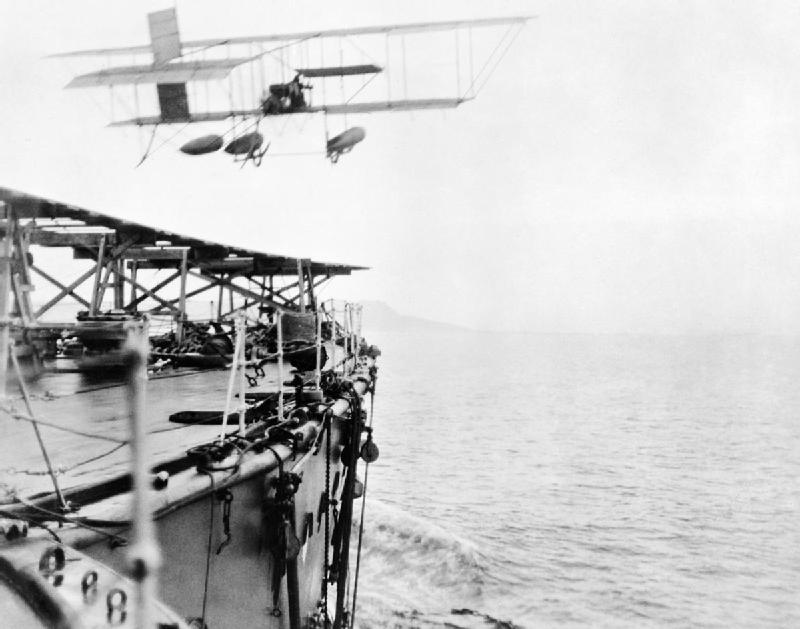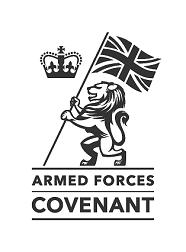|
|
|
WWI Air Theatre...
It is worth explaining how the Royal Air Force {RAF} came into being on 1st April 1918! The British
Army had since 13th April 1912 an air element called the Royal Flying Corps {RFC} which by the start of WW1 was staffed to five
squadrons; one balloon observation squadron and four aeroplane squadrons of 60 planes. The primary mission objectives then
were aerial reconnaissance - specifically spotting. Early photographic attempts were poor until 1915. Aubers Ridge was supported
by the Royal Flying Corps made the more effective due to the first use of wireless communications. By March 1918 this had
grown to 150 squadrons strong. Soon after the start of WW1, the Royal Naval Air Service {RNAS} came into
being which by the end of its service had some 93 aircraft, six airships, two balloons and staffing of 727. Independent of
the Admiralty initially, this maintained 12 stations around the UK and after forming and staffing up for a little over a year
on 1st August 1915 this finally came under the control of the Royal Navy. Note: RNAS had Sopwith Pups many months before the
RFC! Then on the 1st April 1918 [some eight months before the end of WW1], the RFC and RNAS were merged and the Royal Air
Force was created. WW1 RAF size was, at the time of this merger, 126 coastal stations, 2,949 aircraft
and 103 airships with a total staffing of 55,066 officers and men. The Royal Navy regained its own air
service only in 1937 when the Fleet Air Arm of the RAF returned to the Admiralty control. An interesting point about Parachutes
was that they were in widespread use with the balloon squadron from 1913, but not with the aeroplane squadrons. They were
only able to adopt the Calthrop Guardian Angel Parachute in 1916; after which military aviation use of parachutes became
standard. 23 August 1914 RFC Battle of Mons - forced down a German aircraft [Etrich Taube] two days later
and was the RFC's first air victory. Onward the RFC went into the Battle of the Marne. By the late September 1915
Battle of the Aisne was the first combined photo reconnaissance mission and wireless-assisted directing of artillery
fire. In order to be able to get good strategic information about the Front Line [Western Front], it was realised
the elevation had to be above 12,000 feet in order to get the sharp detail. To cover any reasonable ground distance of say
five or six square miles [three miles by two miles] this was soon found to be 15,000 feet or slightly higher, thereby
obtaining front line aerial images in sharp detail. It took the British Army and RFC until 1915 to work out how to design
and implement the first practical aerial reconnaissance camera, which was achieved by Lieutenant-Colonel JTC Moore-Brabazon.
These were mounted initially on the side of the aircraft and soon after through a hole in the floor. The solution was not
simple and required the camera to operate in a semi-automatic way to ensure high-quality, high-resolution, stable images.
Aerial photographs were exclusively used to compile the British Army's highly detailed 1:10,000 scale maps introduced
in mid-1915. Aerial photography was crucial to the Somme Offensive of July—November 1916 [and extensive use
was made of the RFC's aerial photographs]. During the war the RFC had the responsibility of providing
Carrier Pigeons for the return of messages. June 1917 saw the first low-flying sortie for targeting at the
Battle of Messines where the British crews flew very low over the lines and strafed all available targets. Techniques
for Army and RFC co-operation quickly evolved including zoning and sectoring the battle field to enable effective targeting
and communications. During the Third Battle of Ypres over 300 aircraft from 14 RFC squadrons, including the Sopwith Camel,
armed with four 9 kg (20 lb) bombs, constantly raided enemy trenches, troop concentrations, artillery positions
and strongholds in co-operation with tanks and infantry. By the end of the Somme offensive in November 1916,
the RFC, since July 1916, had lost 800 aircraft and had 252 aircrew killed, with 292 tons of bombs dropped and 19,000
Recce photographs taken. On 9th April 1917 the Battle of Arras saw the RFC deploying 25 squadrons, totalling 365 aircraft; approximately
a third of which were fighters (scouts). The British lost 245 aircraft with 211 aircrew killed or missing and 108 taken as
prisoners of war. The German Air Services lost just 66 aircraft from all causes. The later aircraft and stronger
bombing and fighting tactics led to a much more effective air capability and further aerial gun and bomb technologies further
grew the air defences. Bombs were amazingly armed and then dropped over the sides initially, the crew thankfully soon gained
a safer approach to this as the bombs were soon underslung. The RNAS had a complex role, not least with the
development of a ship-borne approach to delivery and support. At the start of WW1 RNAS had four wings which soon grew to six
wings. RNAS had its fair share of inter-service rivalry when it created an Armoured Car service {RNACD} which was crucial
to the Battle of Gallipoli [1915]. These were Rolls-Royce Armoured Cars with extra boilerplating put on by a shipbuilding
engineering firm in Dunkirk. By November 1914, 20 squadrons had been created and when the merger was undertaken to create
the RAF - they inherited this successful RNACD service which was to prove crucial in WW2. RNAS Wing 3 was
focused on Strategic Bombing which the RFC had no capability for and would set the direction and strategic thinking long after
WW1. The approaches and ideas here live long into the 21st century. With over a dozen warships converted to have ramps,
the aircraft carrier class was effectively born. Early efforts used a sea landing and the aeroplane winched back aboard; later
full decks were created and the ability to directly land back whilst at steam was crucially cracked. Short ramps meant techniques
had to be invented to enable take off speed to be reached and much foundation of modern approaches were developed. By July 1915 came the Central Powers' Fokker E.1 and this was a marked improvement and arguably a turning point
for the German Empire. This had a propeller synchronisation gear to allow the machine gun to directly fire through the arch
of the propeller. It wasn't long before the Allies lacked air superiority later that year. Fortunately for the Allies
the British came back with two new planes that were a match for the E.1 - The British F.E.2b and D.H.2 came into service September
1915 and February 1916 respectively. By July 1916 [Verdun and Somme] air superiority had faltered for the German Empire. The
Sopwith 1½ Strutter just sealing it as the RFC squadrons came in with not only firepower but also careful air planning
and strategies. The aerial close-support strategy of modern conflicts was born. By 1917 Fokker D.I and
D.II's were now swinging the pendulum back in the German Empire's favour with the single much more deadly IMG 08 gun.
Then came the Fokker D.III with twin IMG 08 guns and the pendulum became a bloodbath for ground forces and the RFC ["Bloody
April"]. The Allies adopted the same twin machine gun and set to work on reducing airframe vulnerabilities. They came
in the form of the R.E.8 and F.K.8 modest enhancements, not stunning, but none the less more resilient to direct hits. Then
came the superb Bristol F.2b and the Allies once again regained air superiority. As 1918 came, Fokker airframes and engines
production and ongoing maintenance were becoming unreliable and crucially this was a turning point for the Allies. The challenges for the Allies didn't end there. The "Spring Offensive" in March 1918 saw the famed 'Red
Baron' along with other noteworthy German Empire pilots not only deal with the problematic planes, but inflict severe
losses on the Allies. This was a blow for the Allies, who were holding air superiority [only in numbers in reality]. By
September 1918, [5 months into being now as the RAF] the RFC casualties had reach their highest levels since "Bloody
April". Notwithstanding these losses, it was clear the Allies were holding air superiority and that soon, if allowed
to carry on, the German Empire knew they would lose all planes and crew. ......... o O o ......... We have added a number of further pages and Picture Galleries to our website for you of The National Memorial Arboretum, the Ypres Salient, Flanders & The Menin Gate, Nord Pas de Calais, Somme, Vimy Ridge, Verdun and:
|
AREA17: So that we may all remember those that served, those injured and those that fell for the peace
and security of all...


